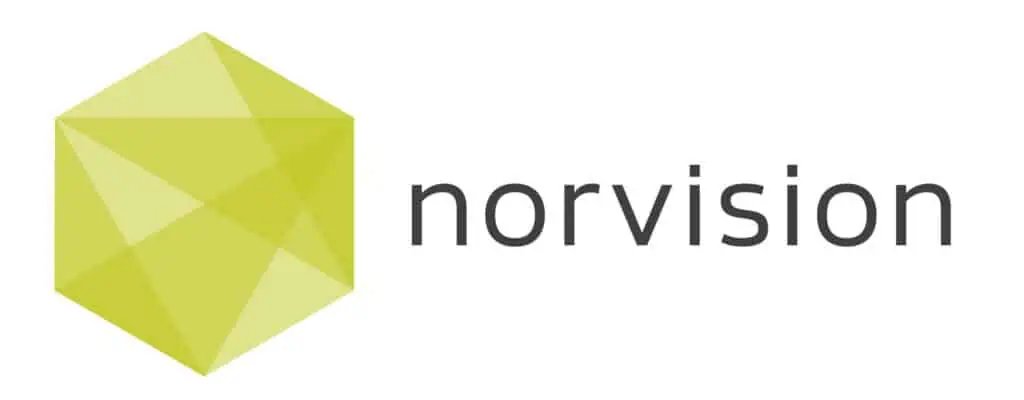The Emergence of dvLED Technology in Digital Donor Recognition

Digital donor recognition has evolved significantly over the past decade, moving from static plaques to dynamic, engaging displays that celebrate donor contributions with high impact. One of the latest advancements in this space is the rise of direct-view LED (dvLED) technology, offering new possibilities for digital donor walls. While traditional LCD displays have been a dominant solution, dvLEDs are gaining traction due to their seamless, high-brightness visuals, scalability, and longevity. However, there are key factors to consider, including price points and interactivity..
dvLED vs. LCD: A Price and Performance Comparison
Initial Costs
LCD displays are generally more affordable upfront than dvLEDs, making them a popular choice for organizations with budget constraints. However, dvLED technology has become more cost-effective over time, and its modular nature means it can be customized to fit a wide range of donor recognition needs.
Feature | LCD | dvLED |
Initial Cost | Lower | Higher |
Longevity | 5-7 years | 8-10+ years |
Seamless Display | Requires tiling with bezels | True seamless integration |
Brightness | Lower (~500-700 nits) | Higher (800-1000+ nits) |
Scalability | Limited to standard sizes | Fully modular, any size or shape |
Long-Term Value
While dvLED displays come at a higher upfront cost, they outlast LCDs by several years and require less maintenance, making them a worthwhile investment over time. LCDs rely on backlighting that can degrade over time, leading to uneven brightness and potential color shifts in video wall configurations. dvLEDs, on the other hand, offer individual pixel-level illumination, resulting in better uniformity, higher brightness, and longer lifespan.
Installation and Maintenance
dvLED installations are highly flexible, allowing for curved, edge-to-edge, or custom-shaped screens that are difficult to achieve with LCD panels. Additionally, front-serviceable dvLED modules simplify maintenance, whereas LCDs often require complex panel replacements if damaged.
Making dvLED Interactive with IR Touch Frames
A significant advantage of digital donor walls is the ability to engage visitors through interactive experiences. While LCDs have long supported touch functionality, dvLED displays are traditionally non-touch. However, advancements like larger infrared (IR) touch frames now make it possible to add interactivity to dvLED setups. These frames can be installed directly over dvLED walls, instantly transforming them into interactive donor recognition experiences.
Is dvLED the Future of Digital Donor Recognition?
As organizations seek more immersive and scalable donor recognition solutions, dvLEDs are rapidly becoming the go-to choice for high-impact installations. While LCDs remain a cost-effective option, dvLEDs offer seamless design, longevity, and unmatched brightness, making them ideal for large-scale donor walls in universities, hospitals, museums, and non-profits.
With IR touch technology, dvLEDs are no longer limited to passive displays—they can now become interactive storytelling hubs that engage donors, showcase impact, and encourage continued giving.
Final Thoughts
The emergence of dvLED in digital donor recognition signifies a shift toward premium, long-lasting, and visually stunning installations. As prices continue to decline and interactive capabilities expand, dvLEDs are poised to become the industry standard for modern donor engagement.
Is your organization ready to embrace the future of digital donor recognition with dvLED? Let’s start the conversation!
Contact us at sales@norvision.com

